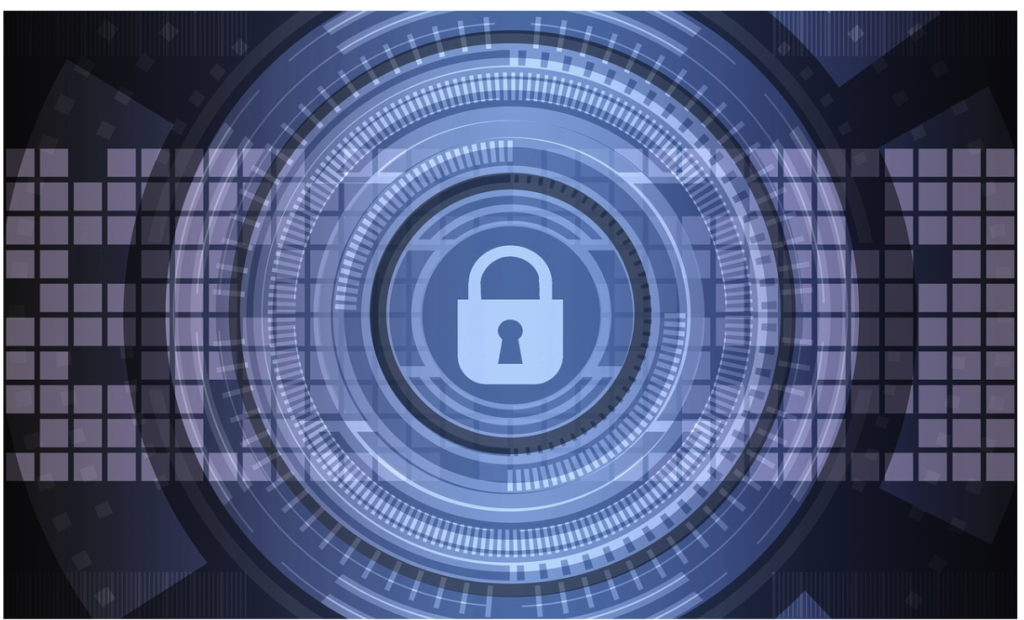The Internet of Things (IoT) has revolutionized how people interact with the technology allowing seamless connectivity between devices and revolutionizing various industries. from smart home automation to factory automation IoT can be seen as an important part of our everyday lives. However, with this growing connectivity comes a serious issue that is cybersecurity. As more devices become connected and more devices are connected, the threat surface for cybercriminals grows, posing new threats to individuals as well as businesses and the general public.
The IoT Landscape
IoT is a broad range of devices, ranging from common devices like smart thermostats or wearable fitness trackers, to more complex systems in healthcare, transportation and manufacturing. They collect data, send it to the cloud, and then process data, allowing automation and enhancing efficiency. But, the sheer quantity of devices and the range of their capabilities make it difficult to secure IoT networks an arduous task.
In the field of IoT cybersecurity, it’s not only about protecting the individual devices, but also protecting the entire ecosystem. Every connected device is an access point to cybercriminals and a breach of one device can have sweeping implications. The interconnectedness requires a holistic security strategy that focuses on the security of networks, devices and information.
Cybersecurity Challenges
- Lack of Standardization
One of the main problems in securing IoT gadgets is the absence of a common set of security standards across the industry. With a variety of manufacturers making numerous devices, there’s no standard security framework that is uniform across all manufacturers. This creates security issues, since some devices might not be adhering to strict security protocols, which makes them ideal targets for hackers.
It is essential in order to warrant that every IoT devices are equipped with a standard security level. Without it there is no standardization, and the IoT world is fragmented with different levels of security and a lack of security that hackers can take advantage of. - Weak Authentication Mechanisms
A lot of IoT devices are created to be user-friendly which is why they often compromise security for convenience. This is evident in the usage of vulnerable authentication methods like default passwords that are seldom altered by users. These default credentials can be a gold mine for hackers as they are able to obtain the access of devices with any effort.
It is vital to increase the authentication mechanism to improve IoT security. The implementation of two-factor security (2FA) and enticing users to use secure, unique passwords will dramatically reduce the possibility of access being unauthorized. - Limited Device Resources
IoT devices are typically restricted by the limited processor power and memory and battery longevity. This means it is difficult to create effective security measures like the encryption process and intrusion detection system which require massive computational resources.
Manufacturers must find an equilibrium between performance and security and find innovative ways to include security features that do not compromise device performance. This could mean developing light encryption algorithms, and adjusting security protocols to meet the resources limitations of IoT devices. - Insecure Communication Channels
The exchange of data of IoT devices and their respective networks is an issue. A lot of devices transmit data through unencrypted channels, making sensitive information susceptible to being intercepted from malicious parties. A lack of secure communications can result in data breaches as well as unauthorized access to vital systems.
Implementing encryption from end to end for data that is transferred between devices and networks is crucial to assure the security and integrity of data. Furthermore secure protocols like HTTPS and MQTT are recommended to secure data during transportation. - Vulnerability to Botnets
IoT devices are a prime target for botnet attacks, in which an array of compromised devices can be utilized to initiate coordinated cyberattacks. Botnets can be used to launch Distributed Denial of Service (DDoS) attacks, which can overwhelm networks, causing major disruptions.
To minimize the risk of botnet attacks IoT devices should be updated regularly to warrant security and software updates. Monitoring and segmentation of networks can help benefit identify and separate vulnerable devices, thus preventing them from being used for botnet attacks. - Privacy Concerns
IoT devices gather huge quantities of data, which includes sensitive and personal data. These data are often transferred between diverse platforms, causing questions about data privacy and security. Unauthorized access to these data can result in financial loss, identity theft and other privacy breaches.
Privacy by design must be a primary consideration in the design of IoT devices. This includes using data minimization methods as well as ensuring data encryption and giving users specific privacy policies and guidelines on their data.
Solutions and leading Practices
The challenge of cybersecurity in the era of IoT requires an approach that is multi-faceted, involving developers, manufacturers as well as end-users. Here are a few solutions and perfect methods to improve IoT security:
- Adopt a Security-First Approach
Manufacturers must assure security throughout the entire lifespan of a product starting from development and design through deployment and maintenance. This means performing regular security audits using safe coding practices and offering prompt software updates. - Implement Robust Authentication and Authorization
Secure authorization and authentication mechanisms are necessary to warrant that no one is able to gain access to IoT devices. This means that you enforce password policies in addition to setting up 2FA as well as together certificates-based authentication to assure device-to-device communication. - Enhance Device Management and Monitoring
Monitoring and managing devices effectively is essential for identifying and reducing the risk of security breaches. This includes keeping an inventory of devices connected, watching the network traffic for suspicious activity and installing intrusion detection and prevention methods. - Educate Users on IoT Security
Users play a crucial part in the security of IoT devices. Informing users about accurate methods, like altering default passwords, ensuring devices are up-to-date, and understanding privacy settings can greatly decrease the likelihood of security breach. - Collaborate for Industry Standards
Industries stakeholders, such as manufacturers, developers, as well as regulators, need to work together in establishing standard Security protocols as well as frameworks to be used with IoT devices. This collaboration can benefit build a more secure and more unified IoT ecosystem. - Embrace Emerging Technologies
New technologies, like machine learning and artificial intelligence can improve IoT security by making it possible to detect threats in real time and reaction. These technologies can analyse huge amounts of data in order to spot patterns and anomalies, which allows security measures that are proactive.
Conclusion
In the midst of how IoT continues to grow and change the world, security must be the top priority. The risks created by connectivity of IoT devices demand a coordinated effort by all parties to establish strong security measures. If we adopt a security-first approach and encouraging collaboration across the industry to create a more secure and stable IoT-related ecosystem.
In the constantly changing world of IoT being aware of cybersecurity developments and excellent methods is vital. Platforms such as Around Talk favor useful information and discussion on the most recent innovations regarding IoT security and cyber-security, helping people and companies to make sense of this constantly evolving world.
By addressing cybersecurity concerns with respect to IoT we can unleash the possibilities of these devices, while protecting the digital world we are creating. While we develop and explore technological advancements, a focus on cybersecurity is the excellent way to warrant that the advantages of IoT are fully realized without jeopardizing our security and privacy.















